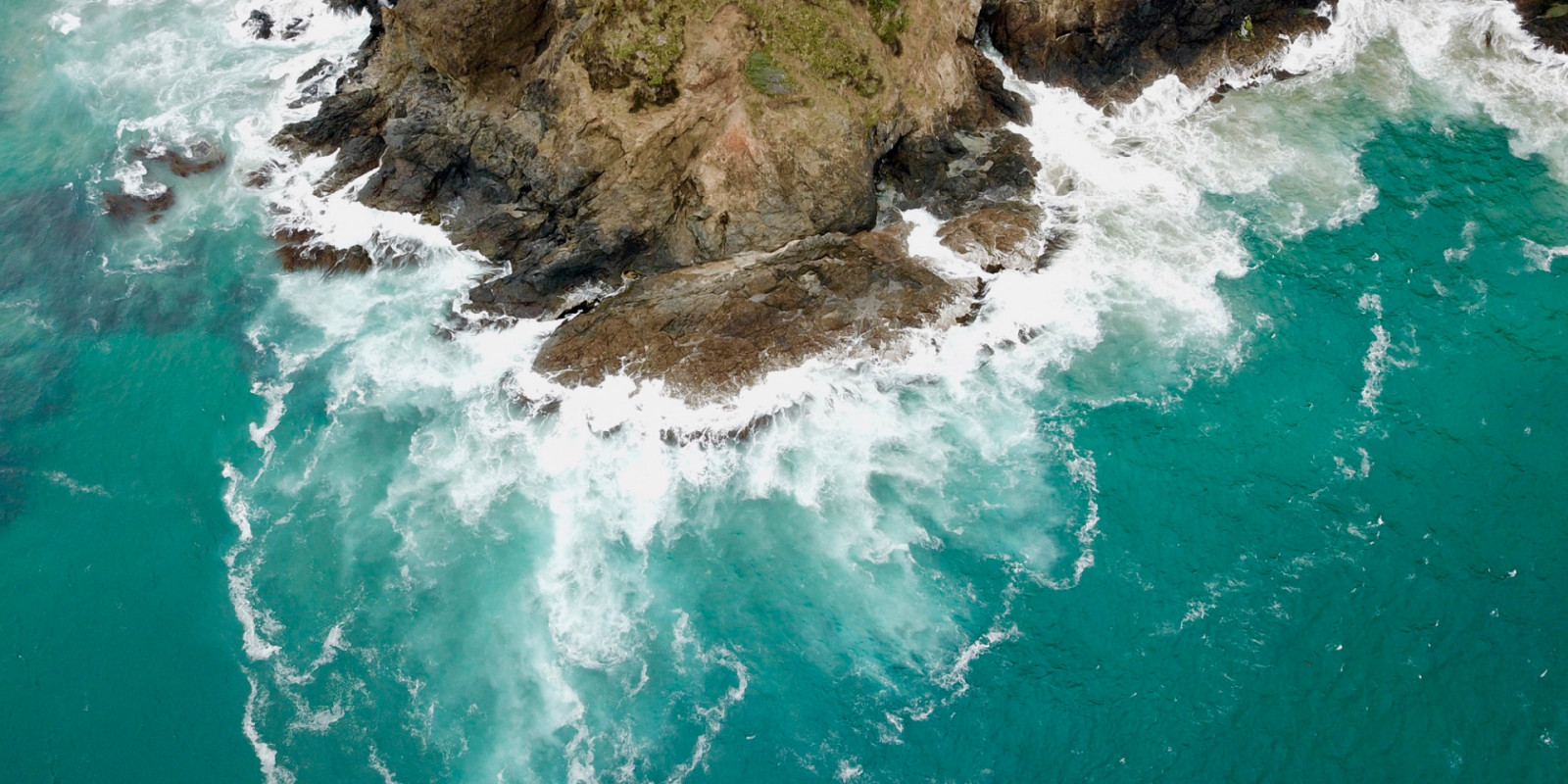- Academic publication
Community participation in the development of the Ōngātoro/Maketū Estuary project: The socio-ecological dimensions of restoring an interconnected ecosystem
Barrett P, Kurian P, Simmonds N & Cretney R (2019)
Aquatic Conservation: Marine and Freshwater Ecosystems 1-14
Overview
- The restoration of the Ōngātoro/Maketū Estuary involves the reconnection of freshwater and estuarine habitats through the rediversion of the Kaituna River and is an innovative attempt to manage interconnected ecosystems to improve ecological health and conservation outcomes.
- Flood and drainage works in the 1950s severed the connection between fresh‐ and salt‐water systems, leading to sedimentation, algal growth and anoxic conditions, and the loss of saltmarsh and other vegetated wetland habitat.
- Following decades of trenchant debate about the causes, consequences and possible solutions to estuary degradation, a 3‐year consultation process between 2006 and 2009 established Māori and community support to restore water flows, re‐establish wetlands and other estuarine habitats, and promote kaitiakitanga (guardianship) and local people's stewardship.
- Having secured widespread community support, a restoration plan informed by technical assessments and local traditional knowledge was co‐
- Analysis of the socio‐ecological dimensions of this aquatic conservation initiative uncovers implementation success factors in conservation planning: resource and governance system factors, historically contingent events, the opportunity to develop a shared understanding across stakeholder and iwi (indigenous) groups, the negotiation of a collective vision, and including diverse social actors who reflect a variety of viewpoints and values.
Keywords
Catchment management, ecosystem approach, estuary, wetland
